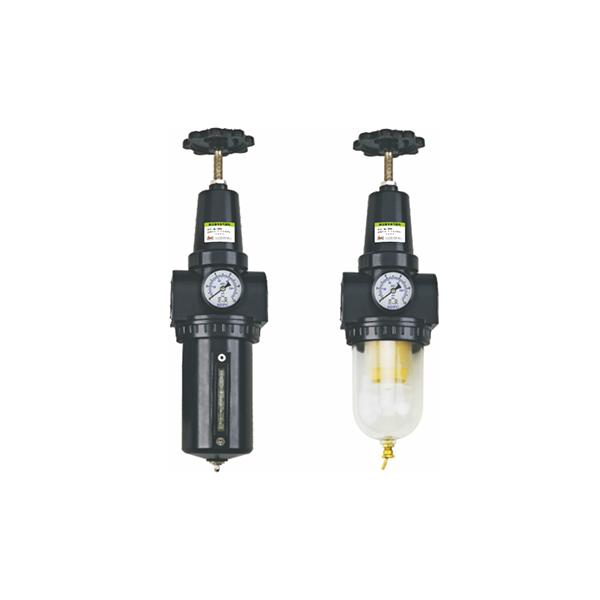The working principle of bag filter pulse valve is mainly based on electromagnetic control technology, which achieves precise control of compressed air through the displacement of the diaphragm and the change of chamber pressure, thus completing the dust cleaning process. The following provides a detailed analysis of the working principle of pulse valves from multiple perspectives.
1. Basic structure and working principle
Pulse valves typically consist of a valve body, diaphragm, spring, chamber, and control circuit. Its working principle is to use an electromagnetic pilot head to attract or reset, driving the valve core to move, thereby opening or closing the valve port and achieving the inflow and outflow of air flow. Specifically, when the pulse valve receives the dust cleaning signal, the electromagnetic pilot head is attracted and opens the valve port, causing the pressure in the air chamber to rapidly decrease. The diaphragm moves backwards, and compressed air is ejected from the valve port and enters the filter bag, generating instantaneous high pressure, causing the filter bag to expand and shake, thereby removing the dust attached to the surface of the filter bag. After the electromagnetic pilot head is reset, the valve port closes, the airflow stops, the diaphragm returns to its original position, and a cleaning cycle is completed.
2. Motion and Control of Diaphragm
The core component of a pulse valve is the diaphragm, which is driven to move by the pressure difference between the front and rear chambers. When compressed air enters the rear chamber, the pressure in the rear chamber increases, pushing the diaphragm tightly against the valve port, and the valve is in a closed state at this time; When the electromagnetic pilot head is powered on, the pressure in the rear chamber rapidly decreases, the diaphragm moves backwards, opens the valve port, and compressed air is sprayed out. The movement mode of this diaphragm determines the on/off state of the pulse valve and is the key to achieving dust cleaning.
3. Implementation of the dust cleaning process
The cleaning process of pulse valve is divided into the following steps:
-Compressed air injection: When the pulse valve is opened, compressed air is sprayed into the filter bag at high speed through the spray pipe, forming an instantaneous high pressure, causing the filter bag to rapidly expand and shake, thereby removing dust from the surface of the filter bag.
-Airflow induction effect: The high-pressure airflow sprayed generates positive pressure inside the filter bag, while inducing the surrounding air to form secondary air several times the internal airflow of the filter bag, further enhancing the dust cleaning effect.
-Reverse airflow effect: During the dust cleaning process, the airflow not only sprays outward from the inside of the filter bag, but also has an inward reverse airflow effect to help remove dust inside the filter bag.
4. Types and Applications of Pulse Valves
Pulse valves can be divided into three types based on their connection methods: right angle, spiral, and submerged. Among them, the right angle pulse valve is widely used in bag filters due to its simple structure and easy installation. Its working principle is controlled by an electromagnetic valve to achieve rapid airflow in and out, thereby completing the dust cleaning operation.
5. Dust cleaning effect and control accuracy
The performance of the pulse valve directly affects the cleaning effect of the bag filter. To ensure the cleaning effect, pulse valves need to have high-precision control capabilities, including fast response, high-pressure injection, and stable airflow control. In addition, the service life and maintenance of pulse valves are also important factors affecting dust cleaning efficiency. Common faults include membrane damage, air path blockage, etc., which require regular inspection and maintenance.
6. Technical characteristics and optimization directions
The technical characteristics of pulse valves include efficient dust cleaning, compact structure, and easy operation. With the development of technology, the performance of pulse valves continues to improve, such as by optimizing the airflow distribution model and improving the diaphragm material to extend their service life and enhance dust cleaning efficiency. In addition, the application of intelligent control technology makes the operation of pulse valves more precise, further improving the overall performance of bag filters.
The bag filter pulse valve achieves rapid injection of compressed air through electromagnetic control, utilizing the displacement of the diaphragm and the pressure difference between the air chamber to complete the dust cleaning process. Its efficient and stable performance is crucial for the normal operation of bag filters. In the future, with the further development of technology, the performance optimization of pulse valves will pay more attention to intelligence and efficiency to meet more complex industrial needs.
https://www.cnsbfec.com/Deep-analysis-of-the-working-principle-of-bag-filter-pulse-valve.html

